Last updated: Oct 9, 2021
Company: TESLA, Inc.
CEO: Elon Reeve Musk
Subsidiary: SolarCity, Tesla Grohmann Automation, Maxwell Technologies
Founders: Elon Musk, Martin Eberhard, JB Straubel, Marc Tarpenning, Ian Wright
Year founded: 2003
Headquarter: Palo Alto, California
Type: Public
Ticker Symbol: TSLA
Annual Revenue (2021): $53.82 Billion
Profit |Net income (2021): $5.64 Billion
Products & Services: Tesla Motor Vehicles | Auto service | Financial Services | Energy Storage (Power battery packs) | Solar panels | Lifestyle products | Retail merchandise
Competitors: Kia Soul EV | BMW i3 | Nissan Leaf | Volkswagen e-Golf | Hyundai Ioniq EV | Tesla Model S | Chevrolet Volt EV.
Introduction to Tesla, Inc.
Tesla, Inc. (formerly known as Tesla Motors, Inc.) is an American automotive, lifestyle and energy company that was originally founded in July of 2003. The company launched its products specifically in the automotive industry and began to design and supply lifestyle products as well. The company was originally founded by engineers Martin Eberhard and Marc Tarpenning prior to changing its name to just Tesla, Inc. in February of 2017.
During the Series A funding phase, Elon Reeve Musk, J. B. Straubel, and Ian Wright were also accredited with the recognition as the founding fathers of Tesla Motors. Elon Reeve Musk is currently the serving CEO of the company, overlooking all the operations and the structures of the business.
In August of 2015, Tesla, Inc. aimed its focus towards on safety, autopilot, charging networks and motors. Tesla operated a combination of 260 galleries/retails across the United States in 2016. One of the most exciting years for Tesla was 2017.
Tesla was able to focus its markets in the Germany sectors, providing a Dutch RDQ-issued Whole Vehicle type approval (WVTA) which should be accepted as a legal compliance document, without grounds to a national type of approvals in EU member States.
This significantly reduced any compliance check and excelled deliverance exponentially, since the vehicle was already under Germany vehicle standard compliance.
In the same year, Tesla launched additional international locations in Dubai and South Korea, which increased its brand visibility and helped increase revenue streams.
During that year Tesla had a budget of $52 million as a marketing budget and used a referral program and a word of mouth tactic to help attract customers that would be interested in purchasing a Tesla vehicle.
By 2018, Tesla, Inc. was ranked as the bestselling plug-in passenger car manufacturer in the electric car industry. It sold over 245,240 units in total. With over 200k+ units sold, Tesla was responsible for capturing the market shares of 12% in the electric-plug-in vehicle industry. In Q2 of 2020, Tesla delivered 90,650 vehicles to customers and is expected to deliver more than 500,000 cars by the end of 2020. [1]
The company’s market capitalization increased to nearly $208 billion and surpassed Toyota’s $202 market cap to become the world’s most valuable automaker by market value. [2]
The following is the complete Tesla Business Model Canvas report and how it is different from the rest of its competition.

Tesla Business Model Canvas
1. Value Propositions of Tesla
Best in class – Fully electric vehicles (EVs)
- Tesla aims to provide some of the best in class EV models that offers high performance, energy efficient, long range (with convenient recharge stations), and sleek designs.
- Some of the EV models and their market availability are:
- Model S (Luxury sedan) – June 2012
- Model X (SUV) – September 2015
- Model 3 (Lower priced sedan for the mass market) – July 2017
- Model Y (Compact Crossover) – expected to deliver in 2020
- Semi-Truck (Commercial Heavy-duty truck) – expected to deliver in 2020-21
- Tesla Pickup Truck – expected to deliver in 2020-21
- Tesla Roadster (Sports car) – Original model was in production from 2008-2012. A newer version is expected to deliver in 2020.
- Tesla Cybertruck – Tesla’s angular-designed Cybertruck was unveiled in November 2019 and is expected to hit the market in 2021. [3]

Advanced Electric Vehicle Technology
- Supercharging and destination recharging station network
- High miles per charge
- All wheel drives
- Dual motor
- Free or low-cost electric charging stations or battery swap.
- To support open source movement, Tesla has opened the use of all its patents for other auto-manufacturer to advance EV technology.
- Autopilot option
- Free software updates
- Solar Energy Systems – Tesla is known for its Electric vehicles, also sells solar panels to residential and commercial customers.
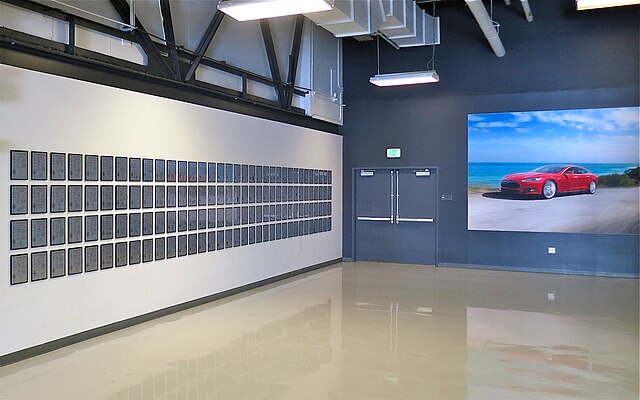
2. Customer Segments of Tesla
Tesla’s engineers and designers have designed vehicles appropriate for every customer groups. Vehicle class type is based on the following segments:
- High-end Luxury (Sedan or SUV)
- Mid – price range
- Commercial Vehicles – targeted towards transportation and shipping businesses
- Green Community
- Fast sports car enthusiast
- Autopilot enthusiast
- Tesla Followers
- Elon Musk Followers
3. Key Partners of Tesla
OEM Alliances
- 2009 – Tesla, Inc. aligned a partnership with OEM manufacturer (Daimler), which helped to provide Tesla, Inc. with access to superior research and engineering development and a cash infusion that helped Tesla to escape the potential bankruptcy.
- 2010 – Tesla, Inc. signed an alliance with Toyota, which enabled them to buy former NUMMI factory which positioned Tesla professionals to learn the large-scale, high-quality manufacturing from a pioneer of lean manufacturing.
- 2014- Tesla, Inc. joined Osaka (Japan) investments to develop and improve its battery designs.
- 2020 – Tesla, Inc. entered into a partnership with LG Chem Ltd and China’s CATL to develop batteries for its electric cars. [4]
- 2020 – Tesla, Inc. partnered with Huston-Tillotson University to collaborate in research and provide opportunities for students from disadvantaged communities to engage in the sector. [5]
Manufacturing and Purchasing (Toyota)
- Toyota and Tesla, Inc. joined forces announcing to the public that they are to build an alliance that would be dedicated to developing electric vehicles, parts and production systems for electric cars and accessories.
- In return, Toyota bought $50 Million of Tesla stocks and Tesla purchased an assembly factory in California to continue its endeavor towards facilitating the process of manufacturing electric vehicles.
- “Tesla has quite a clear business strategy for developing a better battery,” said Osamu Nagata, president, and CEO of Toyota Motor Engineering & Manufacturing North America. “
Car Leasing Company
- March 2012 – Athlon Car Lease Company built an alliance with Tesla for Tesla’s premium electric sedan specifically for corporate fleet services throughout the European regions. The model consists of the Model S and the 150 Model S Sedans to ensure early availability of the Model S for its clients.
- Tesla’s strategic alliance helped to pave the way for making the first Model S fleet reservation possible for leasing worldwide.
- Athlon VP Richard Sikkel confirms: “Our collaboration with Tesla has been very well perceived by the market. Almost 50 % of our initial order have already been pre-reserved by several of Athlon’s existing customers – an example that demonstrates the increasing need for electric vehicles in the industry.”
Major Suppliers
Tesla, Inc. is commonly responsible for manufacturing the electric car’s basics, which include the electric motor, the battery pack and the charger. Rest are provided by suppliers from the US, Europe, and Asia.
The following are Tesla’s main designers and suppliers:
- AGC Automotive: windshields
- Brembo: brakes
- Fisher Dynamics: power seats
- Inteva Products: instrument panel
- Modine Manufacturing Co. battery chiller
- Sika: acoustic dampers
- Stabilus: liftgate gas spring
- ZF Lenksysteme: a power steering mechanism
- LG Chem LTD: Batteries [6]
Other suppliers include:
- ADAC
- ABC Group
- Angell-Demmel
- Argent
- Gentex
- Harada
- Hitachi Cable America
- Hope Global
- MacLean-Fogg
- Magna International
- Methode Electronics
- Multimatic
- Panasonic
- Plastomer
- PSM International
- Riviera
- T1 Automotive
- Zanini Auto Group
Dana Holding
- Dana Holdings provided Tesla, Inc. with Dana Cooling Technology for further implementation of the Tesla engine and the overall cooling system design.
Panasonic
- Panasonic’s current lithium-ion batteries showed to serve sufficiently; Tesla confirms that it is seeking more batteries for its Model S in which Panasonic is currently supplying.
- In this effort, Panasonic is collaborating to build Tesla’s Gigafactorys – a large scale battery and solar cells manufacturing plant in Nevada and New York.

Government
- Government-funded Tesla with a $465 Million loan for its electric Sedan
- $365 Million of the loan shall be allocated towards the production of it’s Model S Sedan.
- Remaining $100 Million will be allocated towards its electric power train manufacturing plant in California.
- Due to Tesla’s Electric Vehicle development and improvements, the US government provides federal tax incentives of about $3750 to customers depending upon the state.
4. Key Activities of Tesla
R&D
- R&D helped Tesla attain its milestones by providing breakthrough technologies and innovational designs that were in association with the engine design of Tesla vehicles.
Design
- Tesla’s innovative design helped to produce reliable electric plug-in cars made affordable for all.
- Modern design that includes lightweight body, durable and long-lasting battery life
- Designs range from small, to classy, to luxurious classes – there is a vehicle type for every customer segment at different price points.
Innovational Leap
- Tesla continues to work around the building blocks of Tesla vehicles to better improve and sufficiently design vehicles that are built with eco-friendly materials, ensure future sustainability and invoke reliability of its line of manufacturers.
Software Development
- One of the most crucial movements for Tesla was its dedication towards the vital software programs that helped shaped the electric vehicle industry to what it is today.
- Tesla does not follow the long development software product lifecycles that many automotive specialists follow; instead, Tesla worked around these hurdles to create diverse software programs that improved the sufficiency of each of their model make series.
- Tesla uses agile principles like “scrums” or also known as regular meetings that are designed to work and improve the structures of its core software.
- Through this breakthrough, it has aided Tesla to minimize errors and bring innovation into progressing leaps.
- Tesla, Inc. regularly evaluates customer experience and feedback that helps to pave the next generation in improving its software spectrum and the sufficiency of its vehicles.
- Technological errors are expected but shall improve in the long run to perfection.
Sales & Marketing
- Tesla invests heavily in executing its sales and marketing efforts, which includes establishing company-owned stores, galleries and service centers known as “Service Plus.”
Building & Maintenance of Charging Stations Network
- Tesla has been building an extensive network of the supercharger and destination recharge stations around the world to expand the widespread adoption of its Electric Vehicles.
- There are 1441 Supercharger stations worldwide with 12,888 superchargers and thousands of Destination charging stations at hotels, restaurants, shopping centers, parking garages, office building, etc.
- MOAT – A Tesla, Inc. project that is geared to provide EV charging stations
- Tesla, Inc. plans on launching a network specifically for other automaker brands for EV charging supply. However, this is still to happen.
- First to launch a portable home charger that costs about $500

5. Customer Relationships of Tesla
Customer Service Experience
- Tesla provides digitally driven Omni-channel experience (stores, website, social media) to its customers.
- Company Owned Stores – Tesla utilizes direct to customer sales model. Tesla sells its cars to customers directly through its stores and galleries, instead of selling through auto dealers. It provides an enhanced level of shopping experience for customers.
- Self Service website – Often times, customer place orders directly on the Tesla website. Customers can build their own car, add features, choose different color combinations, various financing options; which is an again a unique shopping experience.
Brand
- Tesla is considered as a luxury brand in the automotive industry. For those that know about Tesla, and what it stands for understands the value and quality that it provides to loyal customers.
Reputation
- Due to the continuous innovation and the design, Tesla has built a reputation unlike any other technology in the EV automobile industry.
- Customers feel that Tesla is well ahead in its innovation and production electric vehicle ecosystem that is like no other competitors in the industry.
Free/low-cost charging station network
- Extension chargers provided for Model S, Model X and Model 3
- A built-in navigation system that helps to identify and locate the charger stations
- Charging stations are designed to supercharge Tesla vehicles that get charged in just 30 minutes
- Tesla charging stations and app system indicates when the vehicle charging is complete
6. Key Resources of Tesla
Electric Vehicle and Technological Knowledge
A) Superior Engine Design:
-
- High-Performance Vehicle
- Pollution & Noise free Vehicle
- Super-Fast vehicle
B) Engine components:
-
- Lithium-ion battery system
- Induction motor. (Rotor Speed < RMF Speed)
- Uniform induction, power, and speed.
- Brushless and requires no magnets, instead the induction creates magnetism through rotational movement
Inverter
- 3-phase. Ac power input.
- Speed is dependent on the amount of voltages that are fed to the 3-phase AC power Input. Speed can range from 0-18000 RPM.
- No Transmission required a direct mount of the engine to the axel is sufficient.
Comparison Chart of the Tesla Induction Motor VS. Typical IC Engine
Comparison Chart |
|
Tesla – Induction Motor |
Typical IC Engine |
|
Weight – 31.8 Kg |
Weight – 180KG |
|
Power – 270 KW |
Power – 140 KW |
|
Weight / Power – 8.5 KW / KG |
Weight / Power – 0.8KW / KG |
Battery System
- Lithium-ion Batteries. (DC Power)
- 7,000 individual battery cells constituted into the design into 16 compartments
- A range of 16 compartments that act as one big cell.
Effective Cooling
- The use of small individual cells is a guarantee of sufficient cooling, instead of using a few big batteries
- This also increases the battery duration and lifeline.
- Glycol is used as the cooling medium that is bypassed through the gaps between the rows of the cells in each of the 16 lithium-ion compartments.
- Battery alignment and frame offers the vehicle side skirt support from a vehicle collision.
Automation & Engineering
- Induction motor. (Rotor Speed < RMF Speed) Uniform induction, power, and speed.
- Brushless and requires no magnets.
- Inverter system = 3 phase. Ac power input.
- Speed is dependent on the amount of voltages that are fed to the 3-phase AC power Input.
- Speed can range from 0-18000 RPM.
- No Transmission required a direct mount of the engine to the axel is sufficient
Big Data
- Another positive aspect of Tesla that helped progressed its success is the reliability of its big data, which is derived from its in-vehicle software, and strategic partnerships.
- Through channeling new departments, opportunities and the new business operations, Tesla was able to generate potential clients and aim at different business endeavors successfully such as solar energy systems, retail merchandise, etc.

7. Channels of Tesla
The following are the set of channels that Tesla utilizes to channel and market its technology:
- Retail stores & galleries – Tesla, Inc. retail stores and galleries are designed and built to showcase Tesla vehicles and maximize customer experience. In early 2019, there were around 276 Tesla stores worldwide of which around 130 were based in the US but the company has closed most of its stores globally and moved to online sales channels. [7]
- Self Service online store (website)
- Conferences & sales events

8. Cost Structure of Tesla
In FY 2019, Tesla’s annual revenue was $24.578 Billion with a net expense of about $24.72 Billion, which leaves the company with a net loss of $144 Million. [8]
The following are Tesla expense and cost structure;
- Cost of Goods and Services (COGS): $20.509 Billion equal to 83% of the revenue
- Selling, General & Administrative Cost: $2.646 Billion equal to 11% of the revenue
- Research & Development Cost: $1.343 Billion equal to 6% of the revenue
- Restructuring Cost: $149 Million equal to less than 1% of the revenue
- Interest Expense, Taxes, and Others: approx. 3% of revenue
9. Revenue Streams of Tesla
Tesla not only sells Electric vehicles but also has created an eco-system of a top of the line green vehicles. Also, it has introduced solar energy systems, and lifestyle products for its loyal customers and the fans of Tesla, Inc;
Here is a high level break down of Tesla’s revenue. In FY2019, the total annual revenue of Tesla was $24.578 Billion.
Automotive Segment revenue – it includes sales of all vehicle models, access to charging network, software updates, after – sales services, sales of EV components, retail merchandise, etc. Here is a further breakdown in the automotive segment.
- Vehicle sales: $19.952 Billion
- Vehicle leasing: $869 Million
Total: $20.821 Billion
Energy generation & storage segment – it includes sales of solar energy systems and storage products such as solar roof panels, etc.
Total Revenue from Energy Generation & Storage: $1.531 Billion
Services – Includes car services, repairs, consultations, and other general services
Total Revenue from Services and other: $2.226 Billion
Final Word
Tesla, Inc. started its business as offering reliable ways of providing transportation. By reviving the theory of utilizing electric vehicles instead of gasoline combustion chamber engines helped to pave the recognition of sufficient EV system, which also contributed to revolutionize the automobile industry from mechanical drives to all smart computer driven electric vehicles.
Because of the strategic steps taken to design a sound EV engine system, the possibilities of actualizing an electric car that serves sufficiently and safely, Tesla, Inc. is one of the most successful EV company in today’s automobile industries and continues to develop and innovate the methods of transportation.
References & more information
- Wagner, I. (2020, July 15). Tesla’s vehicle deliveries by the quarter – YTD Q2 2020. Statista
- Korosec, K. (2020, July 1). Tesla Blows Past Toyota to become Most Valuable Automaker in the World. Tech Crunch
- Brown, M. (2020, July 23). Tesla Cybertruck: Elon Musk Reveals where It will be Built. Inverse
- Talia, S. (2020, January 30). Tesla partners with LG Chem, CATL for battery supply. Reuters
- Crider, J. (2020, July 31). Tesla’s Newest Partnership With An HBCU Is A Great Thing. Clean Technica
- Contemporary Amperex Technology Co. Limited (CATL): Batteries
- Williams, M. (2019, March 4). Tesla to close showrooms and move sales online. Automotive Logistics
- Investing Alerts (2020, January). Tesla Inc. Financials. Market Watch
Tell us what you think? Did you find this article interesting? Share your thoughts and experiences in the comments section below.

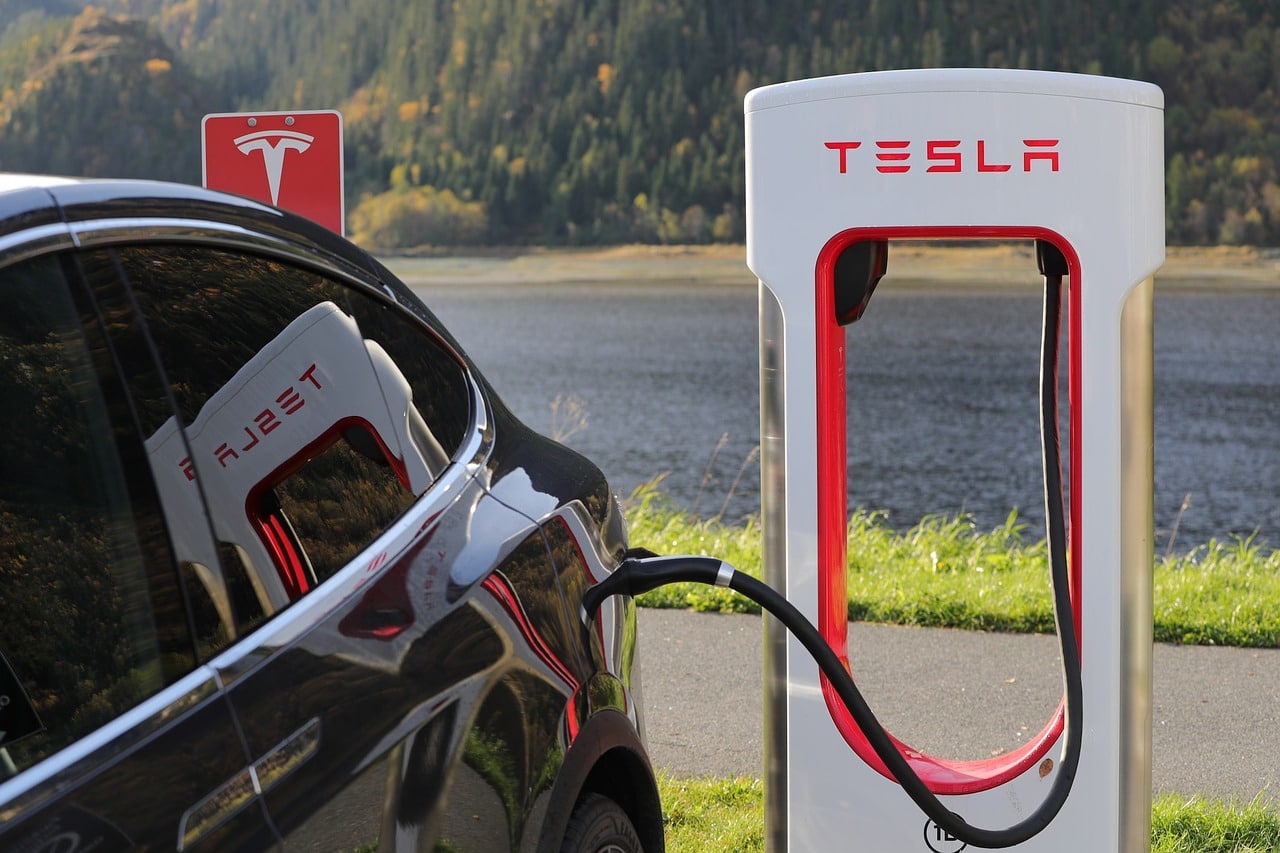
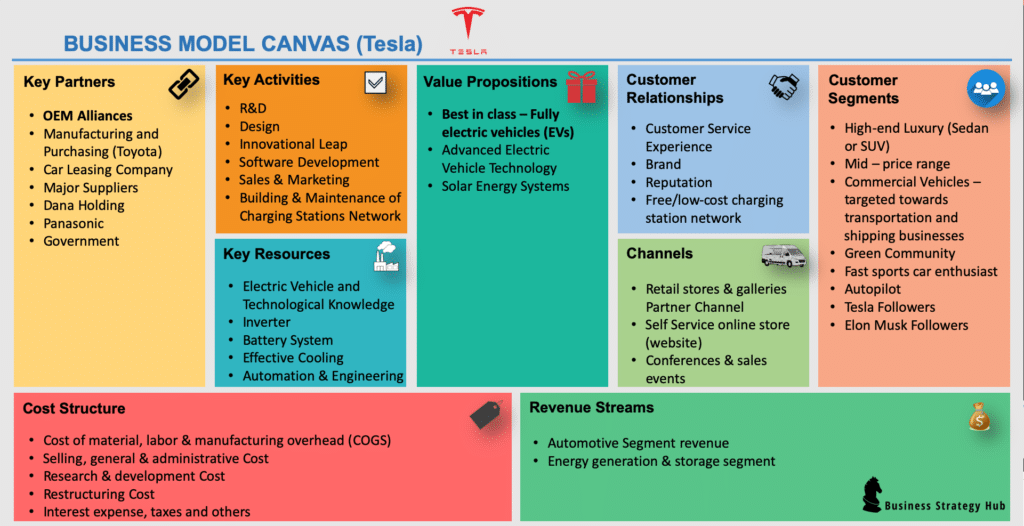
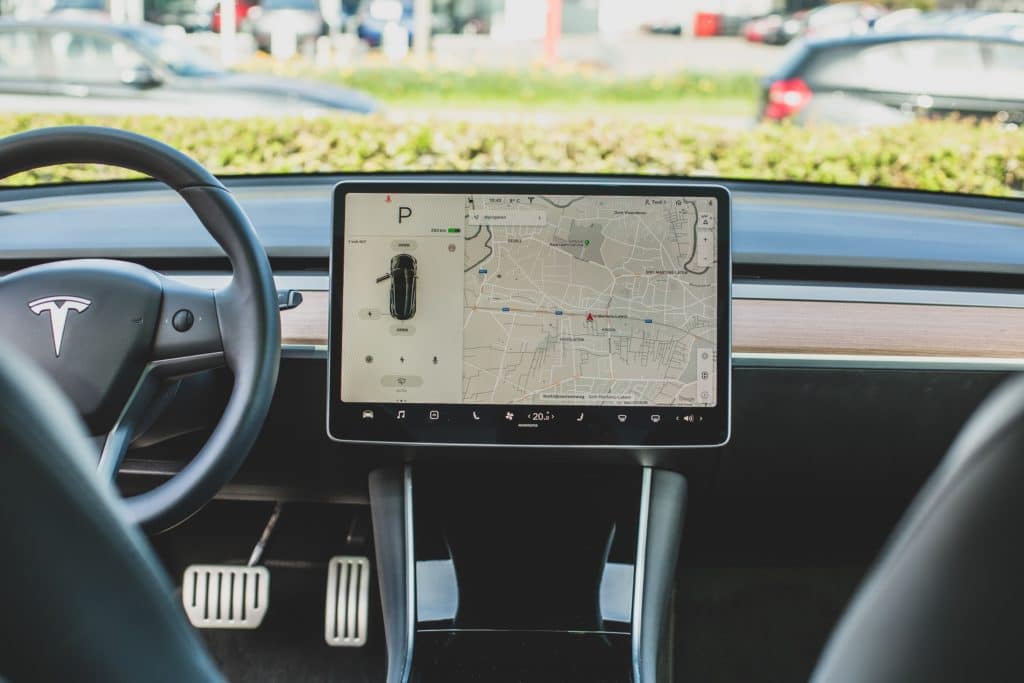


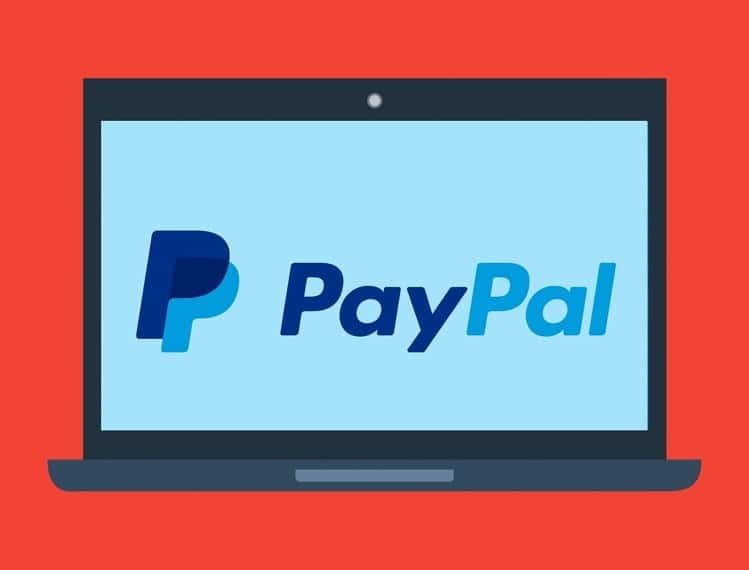

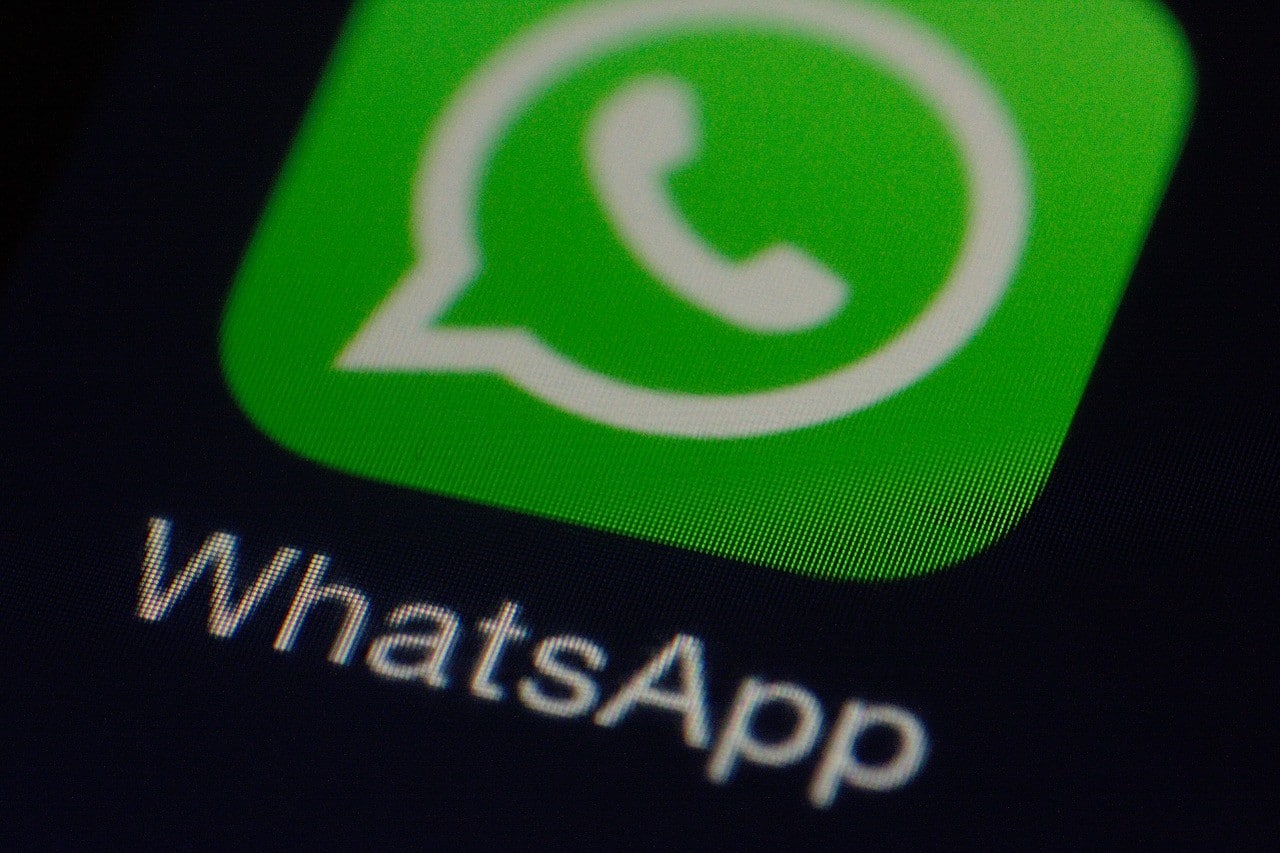
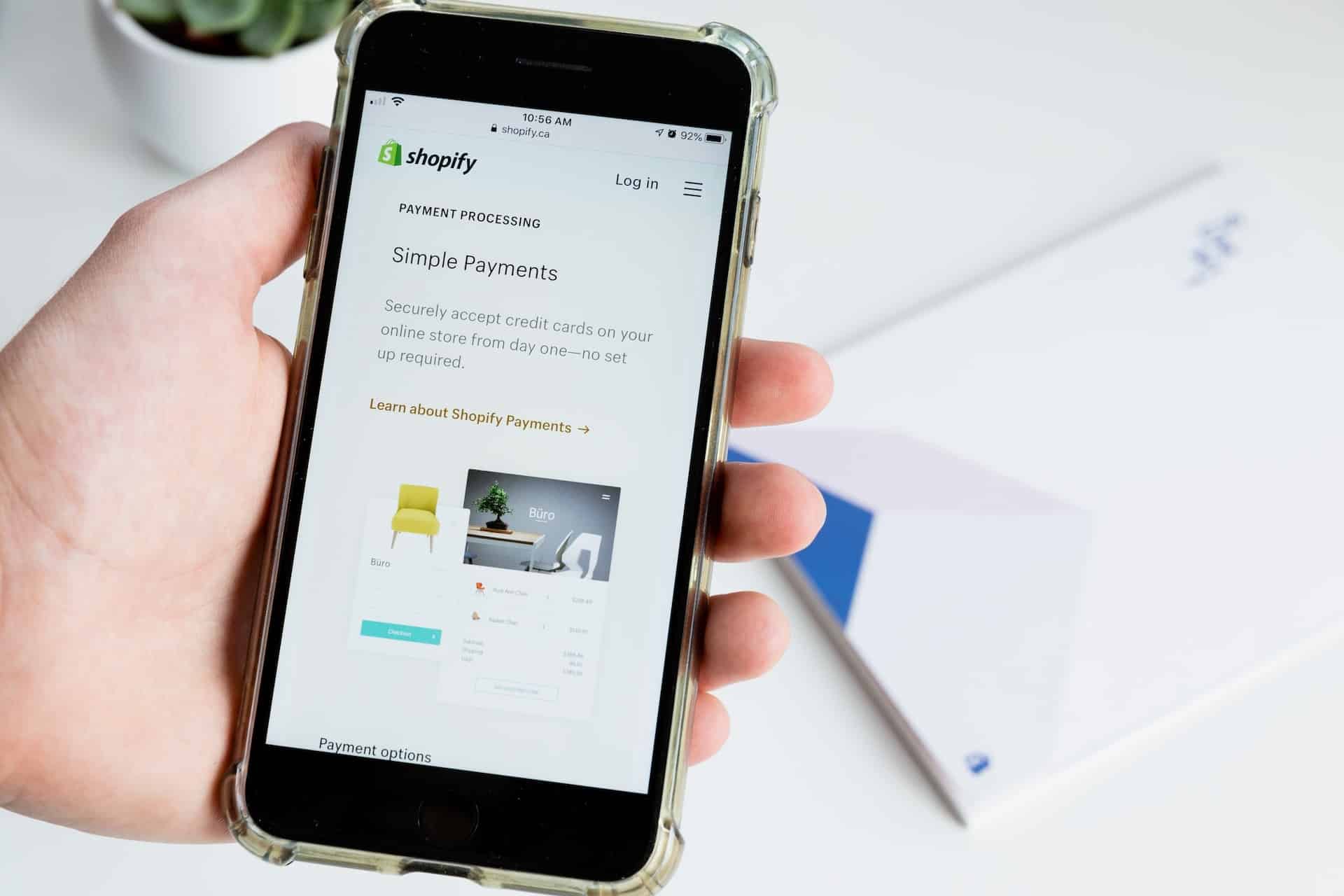
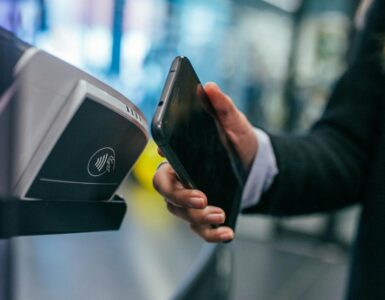



Loved this!
Tesla’s business model focuses on high-performance EVs, advanced technology, and solar energy. They target diverse customer segments, partner strategically, and emphasize innovation. Their revenue comes from vehicle sales, energy products, and services.